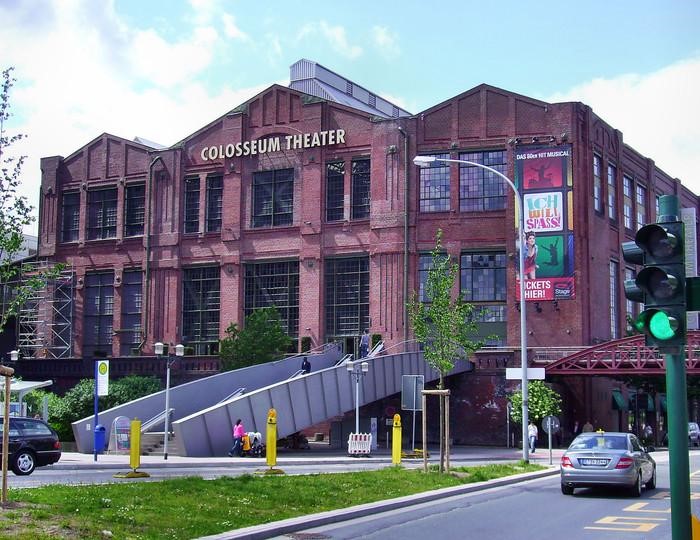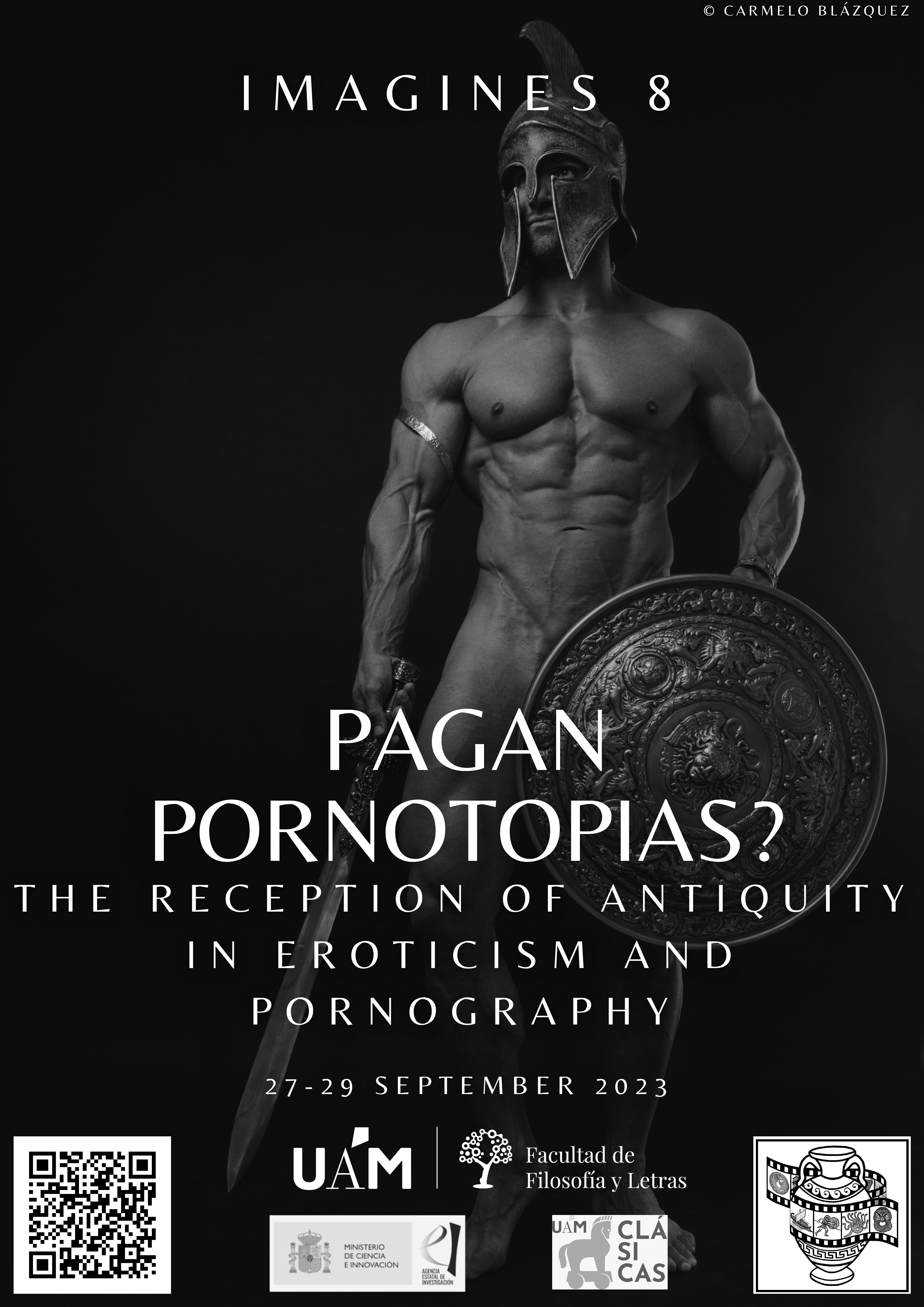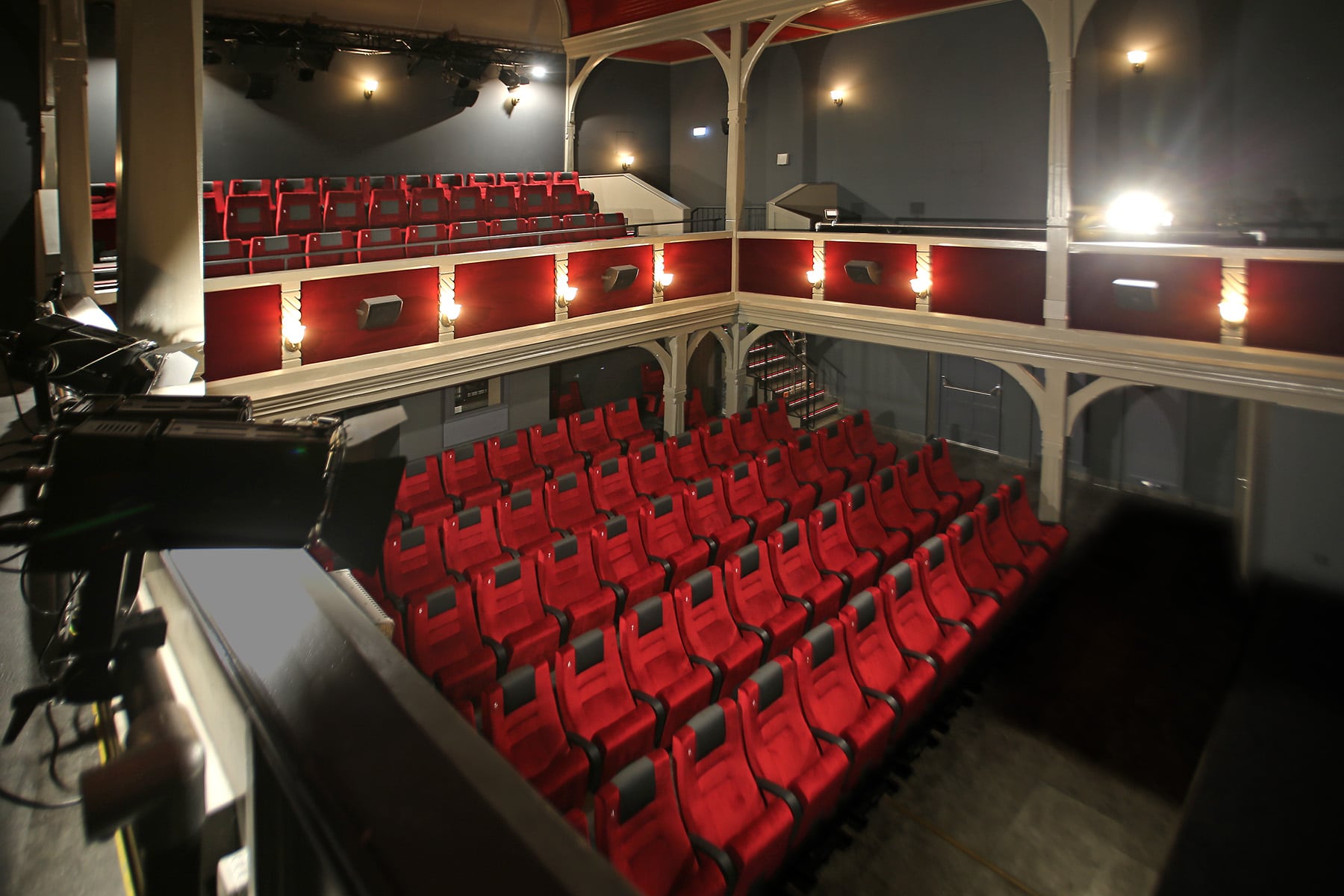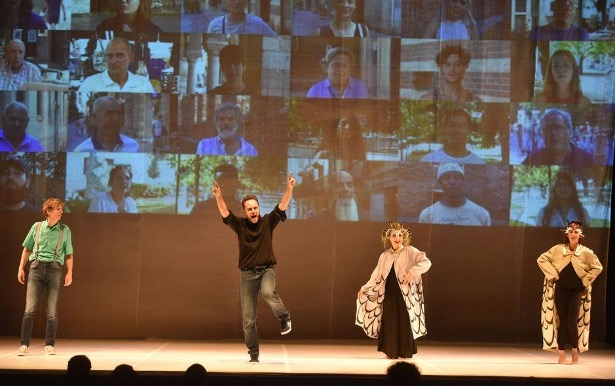Wearing antiquity: modern fashion and the past 2000 BCE - 1000 CE
9th International Conference IMAGINES
19-21 March 2025, Senate House, London
Call for papers
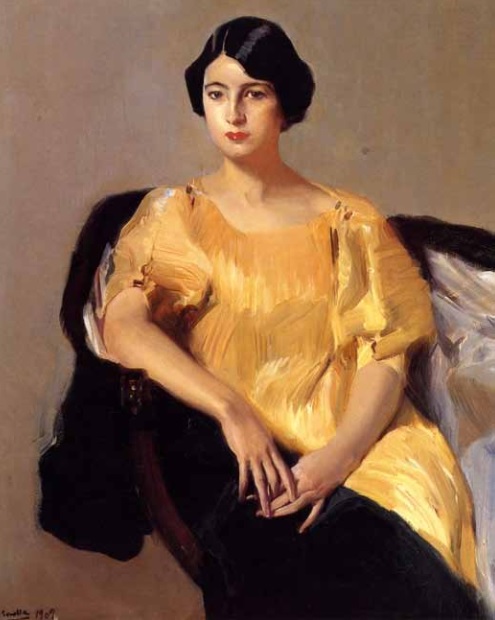 Portrait of Elena Sorolla García wearing a yellow pleated silk Delphos gown, by Mariano Fortuny and Henriette Nigrin 1909
Portrait of Elena Sorolla García wearing a yellow pleated silk Delphos gown, by Mariano Fortuny and Henriette Nigrin 1909
The past is an alluring place. It has been a long standing influence for artists who not only seek inspiration for their work but also aim to establish a connection between that past and their own time.
Even Fashion has not remained insensitive to the influence of antiquity; its constant process of renewal makes it the ideal medium to bring the past to the general public that might have limited access to other ways of interacting with the past. Fashion is also a way of expressing one’s identity, that might be rooted in distant lands and times, as costume parties of the 19th century already showed in a very clear way.
To find antiquities in fashion, you only need to look around. One of the fashion trends for Spring 2024 is the use of drapery that brings out “your inner Greek goddess” according to fashion writers. Currently on sale by the firm Jean Paul Gaultier is their Collection “Burn” that features items such as the “Statue draped dress” or the “Statue print pants” made out of material printed with the image of the Venus de Milo. Printed in life size, the body of the statue blends with the body of the wearer, creating a striking image. This collection is in itself a new reading of Gaultier’s runway collection of Spring 1999 that combined Greek sculpture with Japanese kimonos. A more wearable version of the Statue items was offered by Zara with a tulle dress printed with an image of the Three Graces group by Antonio Canova.
The British department store Liberty released for 2023 Autumn-Winter the Odyssey fabric collection inspired by “the world of ancient myths and legends to explore Liberty’s very own heritage of storytelling”. The collection made extensive use of Greek mythology and architecture but also of artists such as William Morris and Andy Warhol.
However, fashion is much more than clothes and fabric. In Autumn 2023, Lancôme launched its Louvre Collection, designed by the makeup artist Lisa Eldridge. It featured an eyeshadow palette inspired by the 19th century marble bust of Corinne, the Greek poet of the 5th century BCE, and an advertising campaign that with the line “beauty is a living art” featured the actress Zendaya and the Victory of Samothrace.
Furthermore, the heavy eye liner worn by ancient Egyptians have influenced contemporary make up directly through Egyptian art but mainly through secondary sources such film or music. The Cleopatras of Theda Bara and Elizabeth Taylor have had a long lasting influence in make-up trends and adopted by artists such as Siouxie and subsequently by the general public.
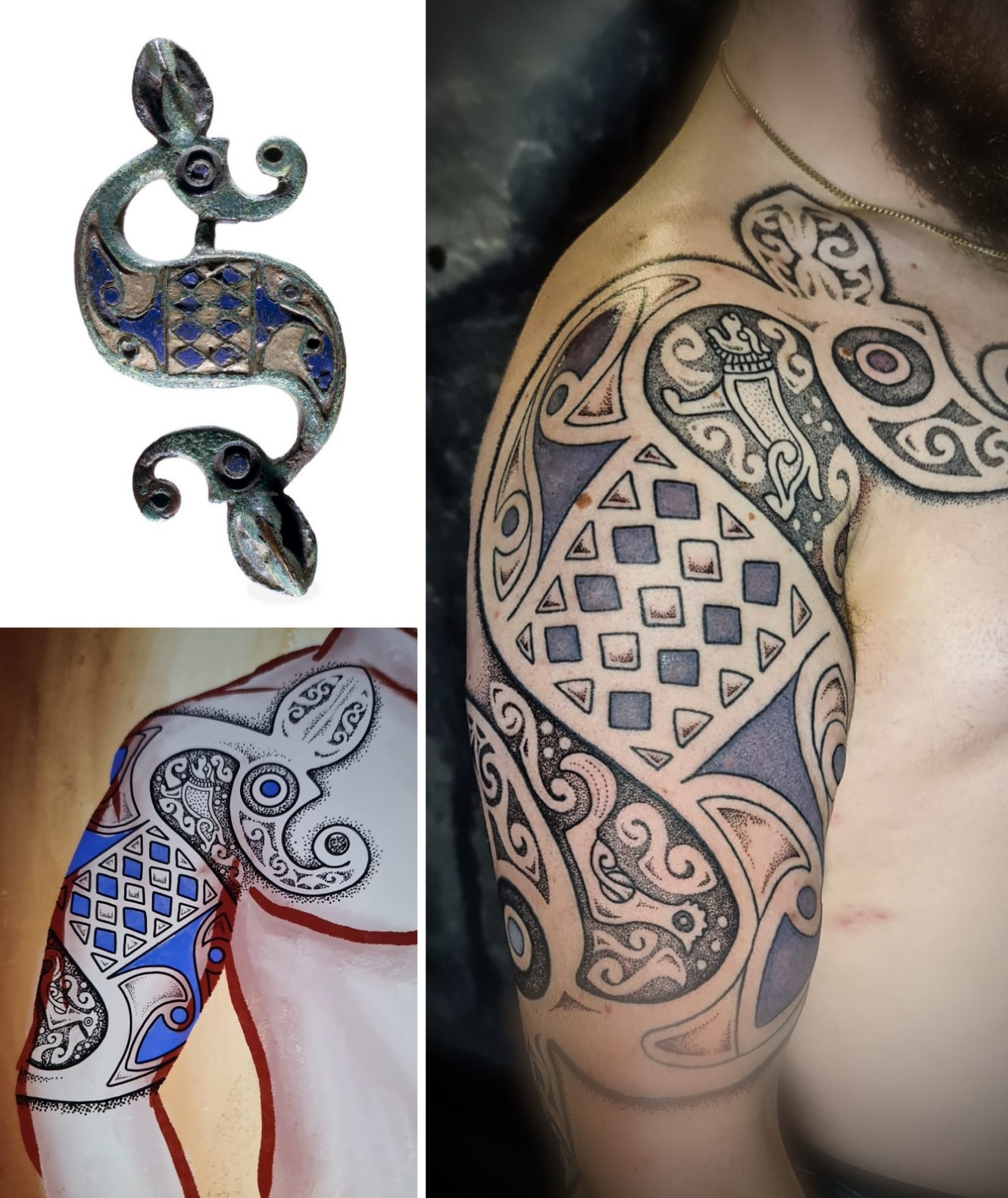 Dragonesque brooch, British 1st 2nd cent. CE. BM P0A.201. Artist: Dyrs hjarta art Old World Remains tattoo studio. Photo by Richard Wakeman
Dragonesque brooch, British 1st 2nd cent. CE. BM P0A.201. Artist: Dyrs hjarta art Old World Remains tattoo studio. Photo by Richard Wakeman
The Imagines conference Wearing antiquity aims to bring together scholars and practitioners (fashion designers, pattern cutters, publicists and others) to discuss how and why the past remains such an important influence on modern fashion. The conference will explore fashion in its broader sense, including also (and not only) jewellery, shoes, makeup, hairstyles, tattoos and advertising.
We aim to have both papers and hands-on demonstrations on the following topics (the list is just orientative):
- Fashion projects and designers that have been inspired by antiquity
- Pattern cutting and technology - Fortuny pleating
- The role of antiquity in advertising and fashion discourse
- Archaeological discoveries and fashion
- Body modification - dress reform, tattooing
- Fashion and national identity
- Intersections and dialogues between fashion and other media
Enquiries, proposals for papers or for hands-on demonstrations (300 words), and short biographies should be sent to Charo Rovira Guardiola (This email address is being protected from spambots. You need JavaScript enabled to view it.) no later than the 30th September 2024. The abstract should clearly state the argument of the paper, in keeping with the topic of the conference. The official language of the conference will be English but we will consider other languages as well. The conference will be in person and online.
A selection of contributions (in English) will be considered for a volume publication by Bloomsbury in the series ‘Imagines – Classical Receptions in the Visual and Performing Arts’.
For more information on the Imagines Project: https://www.imagines-project.org/
Organising committee:
Charo Rovira Guardiola (Institute of Classical Studies Library)
Marta García Morcillo (Institute of Classical Studies - Newcastle University)
Katherine Harloe (Institute of Classical Studies)
